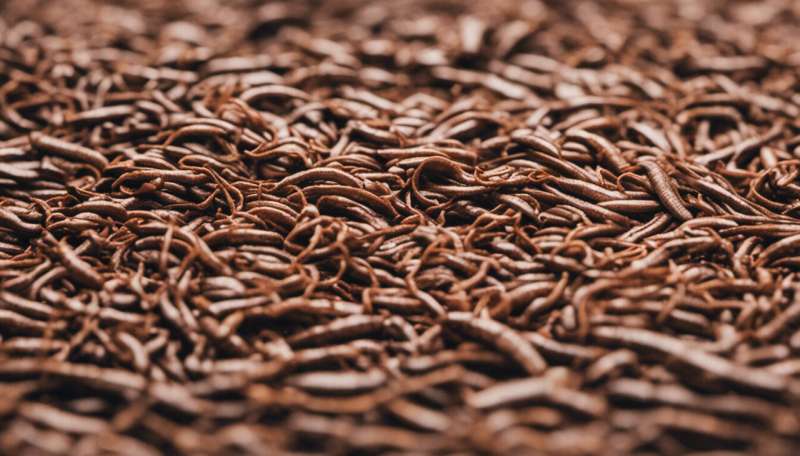Lessons on how to sleep: What we can learn from worms

Sleep regulation in worms is not as different from sleep regulation in mammals, including humans, as you may think. Therefore, knowing how worms switch between being asleep and being awake can tell us a lot of useful information about sleep patterns in humans and what cells regulate them.
In a paper published in iScience in May 2022, researchers from the University of Tsukuba used the model organism Caenorhabditis elegans, a transparent worm, to reveal how "sleepiness" is encoded in the nervous system. C. elegans is one of the simplest organisms with a nervous system.
"Our sleep is homeostatically regulated. In other words, the more we stay awake, the more we subsequently sleep. How the preceding amount of wakefulness affects the subsequent amount of sleep still remains a great mystery. C. elegans also exhibits alternating cycles of wake and sleep that are homeostatically regulated," explains Professor Yu Hayashi, lead author of the study. "Thus, we expected that studies using C. elegans might give us hints regarding the molecular and cellular mechanisms underlying the homeostatic regulation of sleep."
The researchers suspected that a single interneuron called ALA is a key player in the process. Intracellular calcium ion currents are essential in neurons; they act as little messengers telling the cell what to do depending on the external circumstances. The research team used a special imaging technique that allowed the visualization of calcium ions in the ALA neuron while the worms were asleep and while they were awake.
"This study revealed that the interneuron ALA is crucial for homeostatic regulation of sleep," explains Professor Hayashi, confirming their initial hypothesis. "We observed that intracellular calcium gradually increased in the ALA neuron during wakefulness and rapidly decayed upon transitions to sleep bouts. In addition, we also found that artificial activation of ALA can cause an immediate transition to sleep. Thus, ALA seems to act as a timer that measures the amount of time spent awake, and when it reaches a certain level it will force the animal to fall asleep. We also found that this function of ALA requires a protein called CEH-17, which is highly conserved in mammals."
These findings shine light on the mechanisms in charge of the switch between sleep and wakefulness in worms. The next steps could involve studying similar mechanisms in mammals, such as mice and also humans. In addition, the knowledge that CEH-17 plays such a vital role in sleep is highly relevant to sleep dysregulation, and may contribute to the design of new treatments for insomnia and other sleep disturbances.
More information: Shinichi Miyazaki et al, Intracellular Ca2+ dynamics in the ALA neuron reflect sleep pressure and regulate sleep in Caenorhabditis elegans, iScience (2022). DOI: 10.1016/j.isci.2022.104452





















